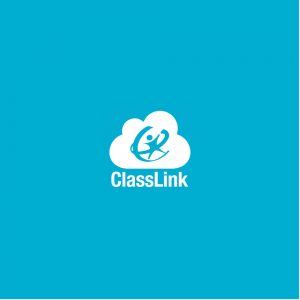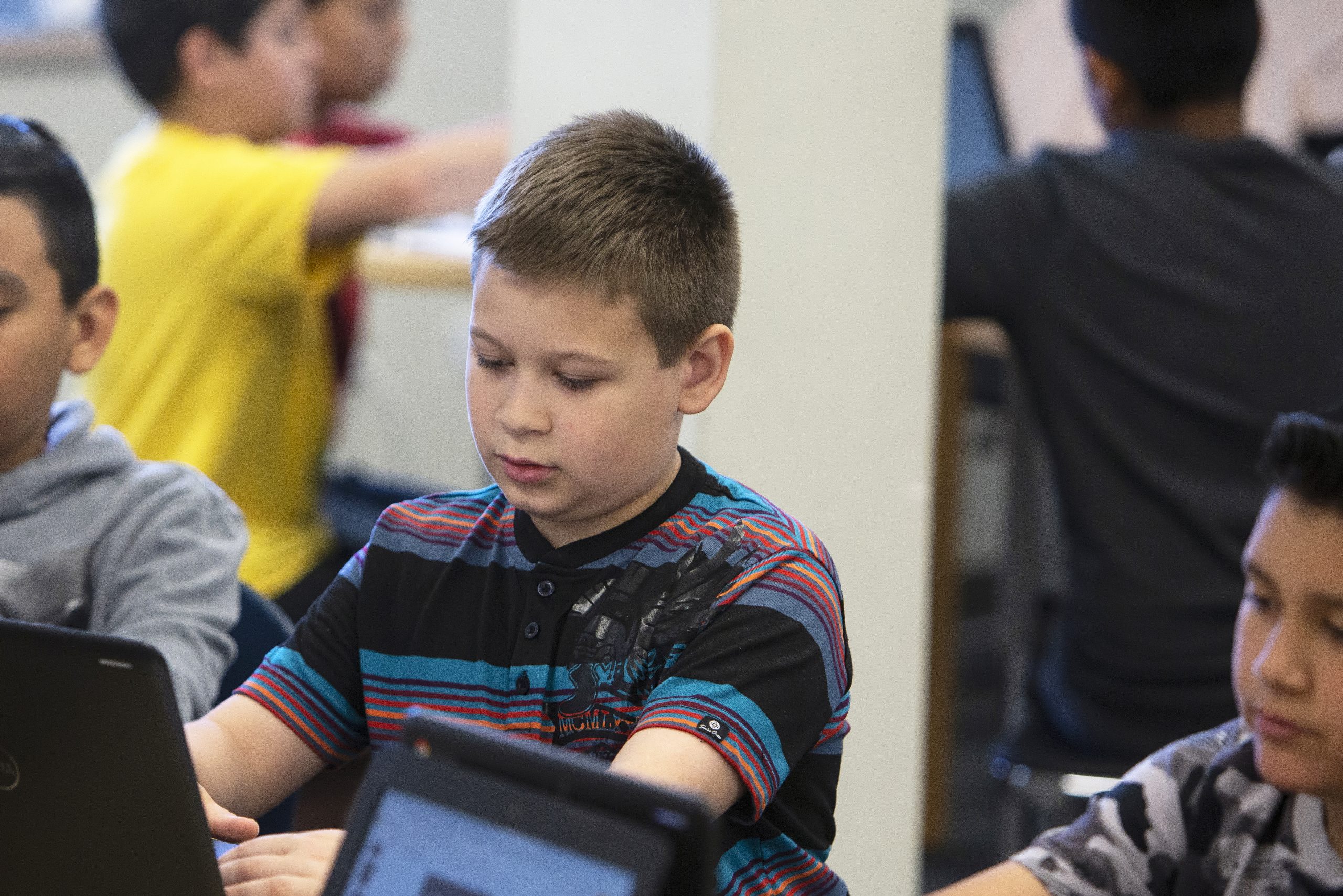About the Program
Our Newcomer Program, is located at Timberline PK-8 School, serving 6th to 8th grader English language learners (ELLs). The class is self-contained for level 1 and 2 ELLs that are new to St. Vrain Valley School District and the United States.
Students are in the Newcomer Program for their language arts and social studies core content classes so their teacher can provide cohesiveness in language goals throughout the day. Newcomer students participate in grade level math, science, elective courses and lunch with their native English speaking peers as this is an important part of social and language development.
The newcomer class prepares students for grade level content classes with language support by:
- Developing students’ essential basic English language skills through accelerated instruction.
- Assisting students and their families with acculturation to U.S schools, community and culture while maintaining their own home culture.
- Developing students’ school study and social skills.
Newcomer teachers in the St. Vrain Valley School District have a background and extensive training in sheltered instruction methods as well as cross-cultural education.
The decision to enroll a student in the Timberline grades 6th-8th Newcomer program is made on a case by base basis considering:
- School enrollment: Student has never enrolled in U.S. schools or has been enrolled in schools for less than a year.
- English proficiency level and skills are at a beginner level (as determined by the beginning of the year placement assessments).
- Sociocultural and educational background of their native country.
The decision to exit a student from the Newcomer Program is also made on a case by case basis considering:
- Completed one year (not school year) in the program
- Classroom teacher and ESL Specialist observations
- Formal and informal student assessments and the student’s portfolio of class and homework
Phonics & Vocabulary
Most Newcomers will need additional time to master phonics. Given the need for extra practice to learn to hear and produce the sounds of English, the meanings of the words used in phonics instruction, and multiple combinations of letters. Additional time for phonics instruction is built into the Newcomer program using Lexia and i-ready.
Grammar
Grammar is a key component to the program many students benefit from comparing English grammar rules to their native language grammar rules to deeply understand a new concept. Through the methodology of guided conversations students learn and practice grammar. Students are encouraged to move beyond the textbook to create conversations of their own using the curriculum Side by Side.
Speaking
Basic Interpersonal Communication Skills (BICS) are language skills needed in social situations. It is the day-to-day language needed to interact socially with other people.Cognitive Academic Language Proficiency (CALP) refers to formal academic learning.The newcomer program focuses on teaching and daily practicing both.Classmates respect is crusial in the program and class atmosphere is possitive to support the teenagers that may be embarrassed or afraid of pronounviation or making mistakes. Students use language development tools and sentence frames designed to increase oracy skills and fluency.diseñados para aumentar las habilidades del habla y la fluidez.
Writing
Academic writing requires conscious effort and practice in composing developing, and analyzing ideas. Students writing in a second language are faced with social and cognitive challenges. The curricula “Inside the USA” supports student’s writing skills that can accommodate to unique language proficiencies.
Reading
Students in the newcomer program receive balanced literacy reading instruction, including word study, read aloud, reading skills instruction, guided reading, shared reading and reading fluency practice.
Content Area
The program also provides integrated content instruction using the SIOP Model to assist students in their transition to the mainstream setting. Content study such as social studies and science is also used for language experience reading and writing instruction. Math instruction will focus on developing an understanding of basic math concepts in IXL and math vocabulary.
Culture shock affects newcomers: Don’t underestimate the results of culture shock. The emotional upheaval of moving can be devastating to any child. These symptoms are compounded when the child comes from a different culture and does not speak English. It must be emphasized that every child reacts differently to moving to a new place. New arrivals usually go through four stages of culture shock.
1. Euphoric or Honeymoon Stage
During this stage newcomers are excited about their new lives. Everything is wonderful and they are having a great time learning about their environment.
2. Culture Shock Stage
The differences between the new and the native cultures become more apparent. Students feel overwhelmed at this stage. There is so much they do not understand about their new surroundings. They are frustrated because they can not communicate and are bombarded with unfamiliar surroundings, unreadable social signals and an unrelenting barrage of new sounds. Students suffering from culture shock may seem sleepy, irritable, disinterested or depressed. Some students may become aggressive and act out their frustrations. Newcomers in this stage of culture shock need time and patience from their teachers.
3. Integration Stage
Newcomers start to deal with the differences between the old culture and new. They learn to integrate their own beliefs with those of the new culture. Some newcomers will start to replace the old values with new ones. Others will begin to find ways to exist with both cultures. Many immigrant parents start to become alarmed at this stage. They do not want their children to lose their language and culture.
4. Acceptance Stage
Newcomers are now able to enter and prosper in the mainstream culture. They accept both cultures and combine them into their lives. Some students will adopt the mainstream culture at school and follow the values of the home culture outside of school.



